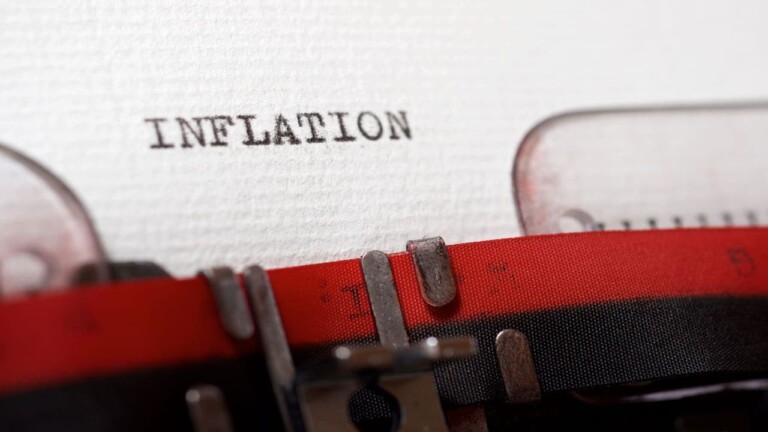The Storm at Home: America’s Homeowner Insurance Crisis
The Storm at Home: America’s Homeowner Insurance Crisis
Are our homes becoming too expensive to insure?
Insurance costs are climbing faster than a summer thermometer in Texas, and American homeowners are feeling the heat. The numbers tell a story as clear as footprints in fresh snow: the typical homeowner will pay $261 more in 2025, pushing annual expenses to $3,520 – an 8% jump nationwide.
But that’s just the national picture. In some states, the situation resembles a perfect storm brewing on the horizon.
Why are some states getting hit harder than others?
The insurance landscape across America is as varied as our terrain. Louisiana stands at the epicenter of this financial tremor with a staggering 27% increase. California follows at 21%, while Iowa and Minnesota both face 15% hikes.
These aren’t random numbers on a page. They represent real families making difficult choices at kitchen tables across the country.
I remember covering Hurricane Katrina back in 2005. The physical destruction was immediate and visible, but the financial aftershocks continue to this day. Louisiana residents are still paying the price for living in the path of nature’s fury.
Is Mother Nature sending us a bill?
The connection between weather events and insurance costs is as direct as a lightning bolt to a weather vane. Hurricanes along the Gulf Coast, wildfires racing through California valleys, and hailstorms pummeling the Midwest have all left their mark on insurance calculations.
Iowa has witnessed a shocking 133% increase in hail events – not just statistics but damaged roofs, dented cars, and ruined crops. Each disaster adds another entry to the actuarial tables that determine what we pay to protect our homes.
As one old farmer in Iowa told me years ago, “Weather has always been fickle, but nowadays it seems downright angry.”
Are economic factors adding fuel to the fire?
Natural disasters provide only part of the explanation. The economic winds are blowing strong against homeowners too. Inflation has driven up the cost of labor and building materials. Replacing a damaged roof or rebuilding after a fire costs substantially more today than just a few years ago.
Trade tariffs have added another layer of expense to construction materials. When lumber, steel, and other building essentials cost more, those increases flow downstream to insurance premiums as surely as a river runs to the sea.
What does this mean for the American Dream?
The ripple effects of these insurance increases reach far beyond monthly budgets. Higher premiums affect mortgage affordability and can shake the financial stability of families already stretching to meet their obligations.
For many Americans, a home represents their largest investment and the cornerstone of their financial future. When insurance costs rise dramatically, that foundation begins to crack.
In Massachusetts, homeowners may face more modest increases compared to Louisiana or California, but the additional expense arrives at a time when many families are already navigating tight budgets.
A housing expert in Boston pointed out something worth considering: “Even a 5% increase in homeowner’s insurance can be the difference between keeping and selling a house for families on the financial edge.”
What do the experts say about the road ahead?
Insurance analysts paint a picture that offers little comfort. The combination of climate volatility and economic pressure suggests that the current trend of rising costs may continue well beyond 2025.
One insurance executive, speaking with the kind of candor that comes when the recorders are off, admitted: “The models we used for decades don’t work anymore. Climate patterns have changed too drastically.”
Reinsurance companies – the businesses that insure the insurers – have raised their rates substantially, and those increases pass directly to homeowners with the efficiency of a high-speed train.
What can homeowners do to weather this storm?
Avenues exist for those willing to take a proactive approach. Some homeowners are increasing deductibles to lower monthly costs, while others invest in home improvements that reduce their risk profile.
Mitigation measures like storm shutters in hurricane zones or fire-resistant materials in wildfire-prone areas can sometimes result in premium discounts. The math is simple: reduce the risk, reduce the cost.
Agents recommend annual policy reviews to ensure coverage meets current needs without paying for unnecessary protections – a balanced approach that recognizes both the necessity of insurance and the reality of household budgets.
The view from here
This issue strikes at something fundamental about American life. Our homes represent more than shelter; they embody our sense of security and stability. When protecting those homes becomes increasingly expensive, we face questions about sustainability and fairness in our economic system.
The causes of this insurance crisis – climate change, economic factors, corporate profit margins – spark debates that divide along familiar lines. But the effects touch all Americans regardless of political persuasion.
The families facing these premium increases aren’t thinking about partisan politics. They’re thinking about how to balance budgets that suddenly demand more for the same protection they had last year.
That’s something worth remembering as we consider solutions to a problem that, like so many challenges facing our country, doesn’t fit neatly into ideological boxes. This is about American homes and American families – and that should matter to all of us.
And that’s the way it is.
Disclaimer: General Information & Accuracy
This blog provides general information and discussions about insurance and related subjects for informational purposes only. It is not intended as professional advice, including but not limited to financial, legal, or medical advice. We strive for accuracy, but laws, regulations, information, and best practices constantly evolve, and unintentional errors can occur. Therefore, we make no warranties about the completeness, accuracy, reliability, or suitability of the blog content. Always consult with a qualified professional for advice tailored to your specific situation. Any reliance you place on this information is strictly at your own risk.
